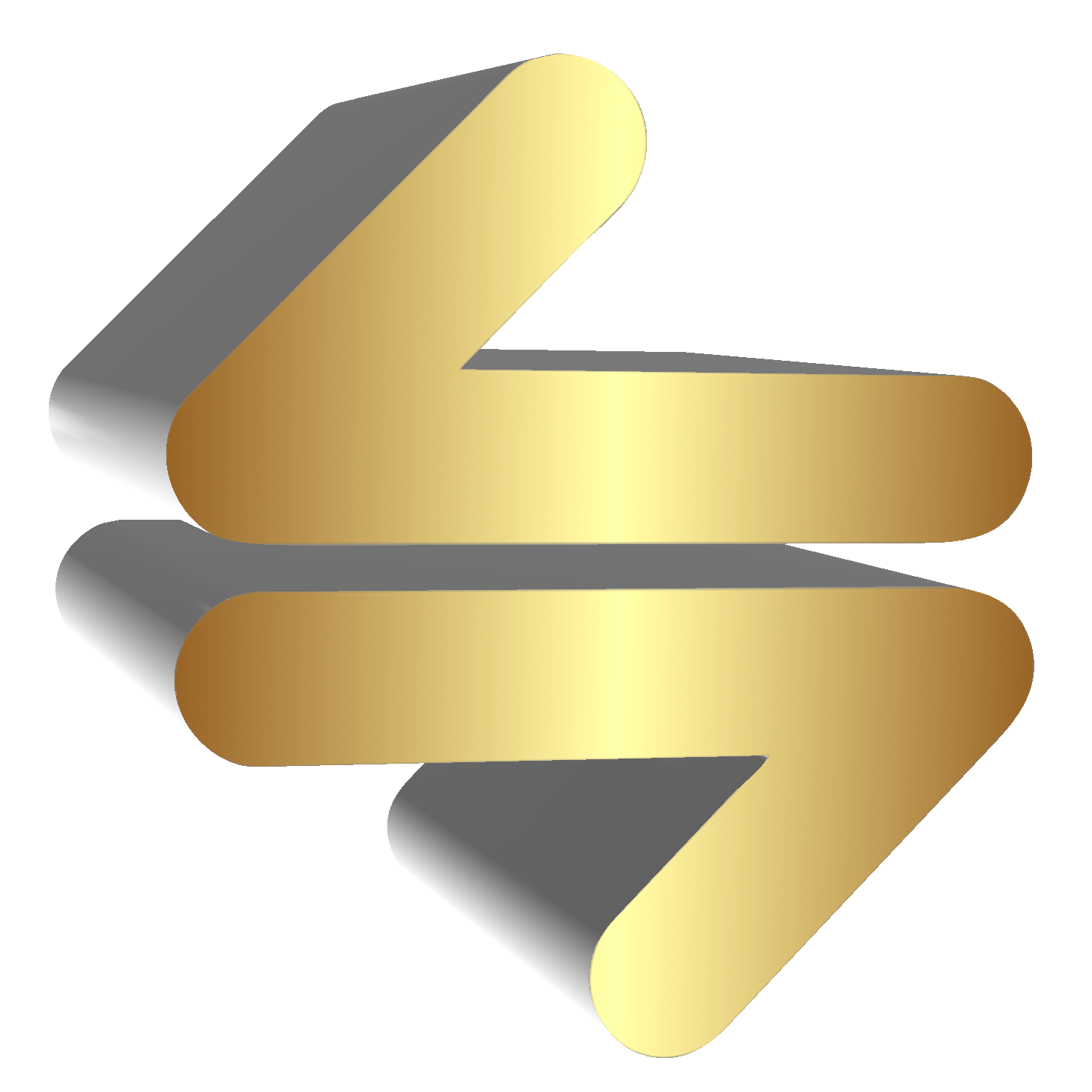For day traders, understanding the difference between a margin account and a cash account is essential to get the pros and cons of both choices to decide which one is best for your trading needs.
How do they differ from one another? What strategies are most effective when using either type of account?
Let’s find out!
Cash account
One of the most important decisions you’ll make as a day trader is how to fund your day-trading account. One option is a cash account, a brokerage account requiring you to pay in full for each trade.
With a cash account, you can only trade with your money.
This can help prevent you from incurring debt or accumulating interest charges, keeping you in full control of your funds. However, it’s essential to note that with a cash account, there may be restrictions on how frequently you can trade. If you’re starting as a day trader, a cash account could be an excellent option to build a solid foundation for your future trading activity.
However, this type of account is not without its drawbacks.
A cash account brings some limitations to the number and size of your trades because they depend on the amount of cash you have available.
Also, cash accounts do not offer the same level of leverage as margin accounts, so you may miss out on larger profit potential.
Weigh the drawbacks before committing your cash account if you are looking for a more active day trading strategy.
Margin account
A margin account allows borrowing funds from a brokerage firm to increase capital when buying or selling financial assets.
Essentially, a trader can use leverage to increase the available capital to trade with.
Timing and risk management are crucial in day trading, and a margin account can provide an edge when used wisely. It’s important to understand the terms and conditions of a margin account before utilizing its potential benefits.
However, using a margin account comes with cons.
The first and most obvious disadvantage is the increased risk. One such risk is that if the value of your investment decreases significantly, you could end up owing more than what was borrowed from the broker; this is known as “margin call“.
Also, the interest rates associated with margin accounts can significantly drain your profits.
Cash account or margin account: what’s best for you?
The answer to this question depends on your individual trading needs.
You can evaluate by considering some key factors, such as the level of risk, the buying power, and the trading strategy.
Cash account
Risk level
Cash accounts are considered more conservative because you are trading and investing only with available funds.
Buying power
A cash account is limited to the cash deposits you have in the account. You cannot borrow money from your brokerage to increase your buying power. Less buying power.
Trading strategies
Cash accounts typically allow only long positions (buying stocks with the expectation of price increases) and covered options (options where you hold the underlying security required to fulfill the obligations of the option contract).
Margin account
Risk Level
Margin accounts are considered more aggressive because they involve borrowing money to make trades, amplifying potential gains and losses.
Buying Power
You can borrow money from your brokerage to trade and invest. This allows you to potentially have more buying power than the cash deposits you have in the account. More buying power
Trading Strategies
Margin accounts offer a wider range of trading strategies, including long positions (buying securities with the expectation of price increases), short positions (selling securities with the expectation of price decreases), and the ability to trade naked options (options without holding an offsetting position).
What could be the best type of account for you?
Disclaimer: these articles are for educational purposes only. Market analysis, prices, news, trade ideas, or any other information within this site or the chatroom is not investment advice.[/vc_column_text]


